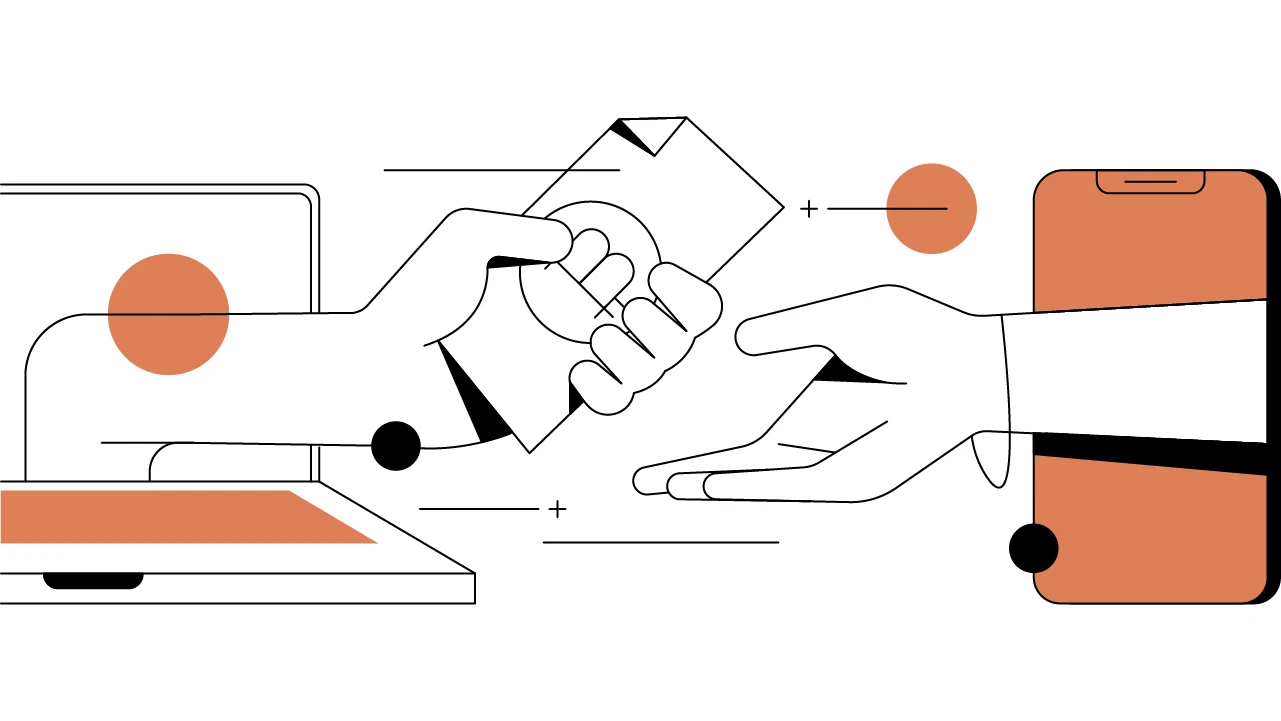Contents
Goldfinch (GFI): Crypto Loans for the Real World
The Goldfinch crypto protocol is banking the unbanked — and undercapitalized — by providing crypto loans for borrowers in emerging markets.
By Blake West, Cofounder & CTO, Goldfinch
Updated November 16, 2023 • 3 min read

Summary
Goldfinch is a decentralized credit protocol, initially targeting emerging markets. Through game theory-tested incentives, Goldfinch is able to provide crypto returns for capital providers while also providing crypto loans to creditworthy applicants who do not need to lock in crypto as collateral. Using its eponymous Goldfinch token (GFI) for protocol governance, staking, and liquidity-providing rewards, the platform has decentralized not only the lending and borrowing process — but the underwriting process as well. This design is allowing access to capital via Goldfinch crypto loans in a way that is largely inaccessible in the traditional lending industry, and has in the process provided needed services to unbanked and underserved populations.
The Uniqueness of Goldfinch Crypto Loans
In order to understand what sets Goldfinch apart from other crypto loan protocols, it’s worth examining the crypto loan ecosystem in its entirety. Due to the anonymous nature of the blockchain, which makes collections and assessment nearly impossible, most crypto loans are overcollateralized with on-chain assets, meaning that you must have more crypto collateral than the loan amount you’re taking out. For example, if you’d like to take out a USD 5,000 loan from a crypto lending protocol, you may need to deposit USD 10,000 (or more) worth of crypto collateral in the form of bitcoin (BTC) or another approved cryptocurrency.
While there are benefits to overcollateralized loans (such as fast approvals without credit checks), they represent only a tiny sliver of traditional lending activity, and they leave out a substantial portion of the population — those who don’t have more in on-chain collateral than they want to borrow. This is particularly true in developing regions, which is where Goldfinch has initially focused its efforts. The underlying idea of Goldfinch is to not limit crypto loans to liquid on-chain collateral, but instead to build a human coordination protocol to assess risks and allocate capital, thus allowing for the entire spectrum of lending to happen on chain, in a decentralized manner.
Goldfinch crypto loans are optimized to approve applicants with high chances of loan repayment, while also incentivizing the lending of capital through better-than-average annual percentage yield (APY) returns. The project launched in December 2021, and by February 2022, thousands of Goldfinch crypto loans had already been distributed in Nigeria, Mexico, and Southeast Asia.
In addition to enabling loans that are collateralized by off-chain assets, income, and reputation (vs. on-chain assets), Goldfinch also sets itself apart by lending to real world businesses that are uncorrelated with the rest of the crypto markets. Most other credit protocols lend to crypto trading firms or market makers, whose activity is highly reflexive and correlated with the crypto markets themselves.
GFI Token: Goldfinch Crypto Governance and Rewards
Powering this crypto credit ecosystem is the Goldfinch token (GFI). The GFI token is used for governance, allowing GFI crypto holders to vote on protocol changes through a community-governed decentralized autonomous organization (DAO). It is also used for staking, auditing, and to incentivize platform users in the form of GFI crypto rewards.
The Goldfinch Crypto Protocols’ Parties
The Goldfinch crypto protocol has four key parties: Auditors, Backers, Liquidity Providers (LPs), and Borrowers. These parties are incentivized to behave ethically via GFI crypto rewards and confiscations. These loans are referred to as Borrower Pools, which are smart contracts that encode a Borrower’s loan terms. They set interest rates, late penalties, and repayment schedules. Goldfinch then extends crypto credit lines to Borrowers, who in turn withdraw stablecoins which they exchange for fiat currency before deploying the capital in local markets.
Any potential Auditor must stake GFI tokens and pass a verification that Goldfinch calls a “Unique Entity Check.” In exchange for doing this, these GFI stakers are randomly assigned to assess whether a borrower is who they claim to be. In exchange for honestly doing so, they receive a GFI crypto payment.
Goldfinch Backers evaluate Borrower Pools and then decide whether they want to provide capital. These Backers are incentivized with a higher APY than LPs for evaluating applicants and providing capital. However, Backers are taking on more risk than LPs as they are providing first-loss capital, meaning their capital is the first to go should the loan default.
Goldfinch Liquidity Providers provide capital to what the protocol calls the Senior Pool. The Senior Pool distributes capital to Borrower Pools based on the number of pool Backers. This lent capital is lower risk, as the first crypto liquidated comes from Backers. For this reason, 20% of the Senior Pool’s nominal interest is redirected to the Backers, which rewards them with a higher interest rate for taking on additional risk.
The last party is the Borrower. The Borrower must pay GFI tokens to access the protocol. This is done to pay the Auditor, show Backers the Borrower is serious, and prevent spamming and bots. The remaining GFI is returned to the Borrower after loan repayment.
Goldfinch and Trust Through Consensus
Goldfinch allows nearly anyone to be a lender or underwriter (Backer) through its innovative design. In addition, while not necessary, Backers can form off-chain collateral agreements with Borrowers to further mitigate risk and assess creditworthiness. While Goldfinch is an innovator with a proven use case, there are already numerous Goldfinch competitors looking to get into the burgeoning real world asset crypto loan market. However, using the aforementioned mechanisms, and the protocol’s principle of “trust through consensus,” the Goldfinch crypto loan book exploded a hundredfold from Feb 2021 to April 2022 (going from USD 1 million to 100 million).
Cryptopedia does not guarantee the reliability of the Site content and shall not be held liable for any errors, omissions, or inaccuracies. The opinions and views expressed in any Cryptopedia article are solely those of the author(s) and do not reflect the opinions of Gemini or its management. The information provided on the Site is for informational purposes only, and it does not constitute an endorsement of any of the products and services discussed or investment, financial, or trading advice. A qualified professional should be consulted prior to making financial decisions. Please visit our Cryptopedia Site Policy to learn more.

Author
Blake West
Cofounder & CTO, Goldfinch
Blake West is the cofounder and CTO of Goldfinch, the first credit protocol on Ethereum to target real world businesses and use cases. Before Goldfinch, Blake was a Senior Engineer at Coinbase, where he worked on the core payments team and led the engineering for the USDC savings product. Prior to Coinbase, he was the first employee at Hint Health, and prior to tech was a full-time musician in Austin, TX. He is also the inventor of Hummingbird Notation, a music notation system that's far easier to learn, with tens of thousands of downloads.
Is this article helpful?


